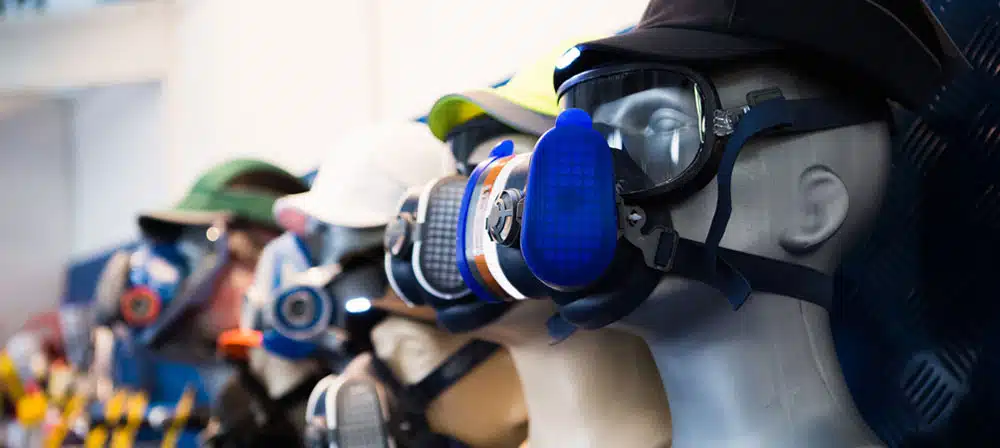
In this article, we’ll discuss the benefits of having the right policy implemented and how drastically it can impact the safety of your workers.
In the UK, The Health and Safety Executive (HSE) has developed protocols for both employers and employees since the 19th century. In relation to respiratory protective equipment (RPE), numerous studies have been conducted in the past to test the effectiveness of different devices, such as the FFP3 test.
During this study of Respiratory Protective Equipment, tests were carried out on fifteen male volunteers; this was to deduce how impactful 0 – 7 days stubble growth was on the protection given by FFP3 filtering facepieces and half masks. They concluded that it mostly came down to the mask/wearer combination. Protection would gradually worsen as stubble would grow (in some cases, after as little as 24 hours after shaving), though would generally be a worsening factor as facial hair grew. Their statistical analysis predicted this could reach an unacceptable level for all of the masks tested.
To ensure maximum workplace safety, Face Fit Testing Legislation was standardised in all sectors; this means that all employees who wear tight-fitting RPE should, by now, have a certificate to prove that the protective equipment they wear during work not only fits them but also affords them the effective protection necessary for the task being performed.
Four classes were devised to assess the competency of companies’ RPE policies, there were:
- Proficient – companies with a fit-for-purpose RPE programme, managers with an acceptable level of RPE competence.
- Developers – companies with systems in place, and generally aware of what they need to do, but still some way to go with the implementation of their RPE programme.
- Learners – companies without fully effective RPE practices, managers in the process of establishing a formal RPE programme.
- Fortuitous – companies with workers protected from respiratory hazards despite a significant RPE. knowledge and skills gap at the managerial level and the absence of a structured RPE programme.
As for facial hair, the general consensus is that it is fine to have a beard, as long as it doesn’t impact on the functionality of the device; for example, untrimmed facial hair will force the mask seal away from the face and allow contaminants into the mask. After all, it can adversely affect the fit of an RPE, to the extent that it is difficult to ensure that it fits correctly and thus provides effective protection.
If you would like to chat with a specialist or would like to know more about our respirators range, give us a call on +44 (0)2920 759 683 or email info@www.rockallsafety.co.uk.





